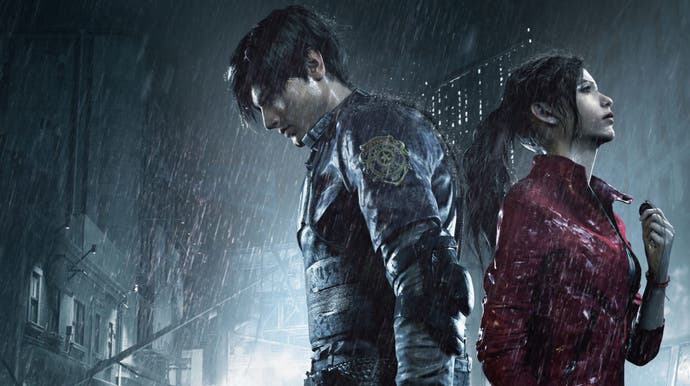Resident Evil 2 remake plays best on PS4 Pro and Xbox One X
A big divide between the base and enhanced consoles.
Among the best remakes in recent memory, Resident Evil 2 is a true survival horror classic, rebuilt on Capcom's cutting edge RE Engine. Compared to the PlayStation and N64 originals there's a satisfying technical upheaval to show for that 20 year gap. You get real-time cutscenes, volumetric lighting and the freeing of its camera to allow third person shooter controls. Better still? The team targets 60 frames per second, but sadly it only comes to full fruition on certain platforms. Indeed, comparing PlayStation 4 and Xbox One today, it's clear 60fps is better held on Pro and X models - while the base machines, especially Xbox One S, show signs of being left behind.
It's worth touching on the visual points first. We saw it in the game's '1-shot' 30 minute demo, but with final code in hand it's confirmed. Base PS4 and Xbox One each push for a 1920x1080 resolution, but in practise there's more going on under the hood, notably on Microsoft's console. Image quality is blurrier, despite resolving to the same 1080p pixel count - much like Resident Evil 7. One theory as to why: it's using a form of temporal reconstruction, where camera changes during cutscenes show Xbox One has a rougher rendering of fine elements like hair. It only lasts for a few frames, and these details fill in eventually, but it's clear there is a deeper compromise next to a base PS4, which runs natively.
So it goes for the enhanced machines too. The target resolution on PS4 Pro and Xbox One X is 2880x1620 (a 25 per cent cut on each axis from 4K) but this time there's more evidence of reconstruction on Sony's premium console. On top of that, each appears to use differing anti-aliasing methods as well. PS4 Pro offers up a sharper image that lets you see slightly more detail at range, but with the drawback of more pixel crawl and flicker on specular highlights. If you've seen our Resident Evil 7 coverage, this should ring a bell. As for X owners? Once again you get the more pristine, less noisy presentation; fewer jaggies, but at the cost of more blur overall.
It must be said, no version looks drastically below par. Base Xbox One is the least clear, but with RE Engine's heavy post effects suite, it makes less of a difference compared to most games. The stippling on hair is the main giveaway between all four - X comes out best, while base Xbox One the worst. Fortunately all consoles do still have a nice common ground in terms of basic settings: textures and geometry are the same all around. Volumetric lighting is superbly used throughout, with zombies casting long shadows down dimly lit hallways. A lower-res buffer is used on these volumetrics, but that applies to every console, right up to Pro and X. No-one loses out.
The biggest practical difference is in screen-space reflections. SSR is used on every machine, but taking the police station's main hallway as an example, it's often dithered. It's an approximate approach: a wide gap is left between the edges of a character, and the point at which a reflection appears on the floor. PS4 and PS4 Pro also suffer from more dithering overall than Xbox One or X, causing detail break-up on the ground. It's curious because it means PS4 Pro's quality trails even the base Xbox One in this one area.
Otherwise, it pans out as you'd expect. Shadow quality improves in sequence, from base Xbox One to PS4, to PS4 Pro and then finally X. Essentially it amounts to less dithering on shadow edges, which sticks out during flashes of a torchlight against a zombie - but nothing radical. Ambient occlusion is also used universally, though the quality setting is wildly different per console. Base Xbox One and PS4 dab a sparing, light amount on for contact shadows, while X and Pro add heavier pockets of shade. Per-object motion blur is also of a higher quality on Pro and X, which comes across in sampling quality - we have more gradients behind a moving object on these than base consoles here, giving a more seamless blend.
Frame-rate is where all four consoles splinter out. Thankfully, every cutscene is handled entirely in-engine, a complete reversal on the pre-rendered CG approach of the 1998 original. It means close benchmarking is possible with some truly taxing scenes; from the truck crash at the start, to close-ups of gurning zombies. The good news is the game targets 60fps and Xbox One X comes out on top with the closest delivery of that number. Excluding one early scene in the petrol station, dropping it to 49fps and one or two hiccups and drops later, it's really strong - and the best way to play Resident Evil 2's remake.
Here's a quick look at some performance metrics encompassing all four consoles. Xbox One X and PS4 Pro run pretty consistently at 60fps, so the average frame-rate isn't really as important as the overall consistency, measured here by the amount of dropped frames. On the other hand, the base consoles rarely touch 60fps and the experience is essentially running unlocked similar to a PC benchmark, so average frame-rate is more indicative of the performance delta and the way the game flows overall. If you watch the video embedded directly above, you'll see that it's volumetric effects - especially in cutscenes - that see all four versions challenged, but with the base machines particularly impacted.
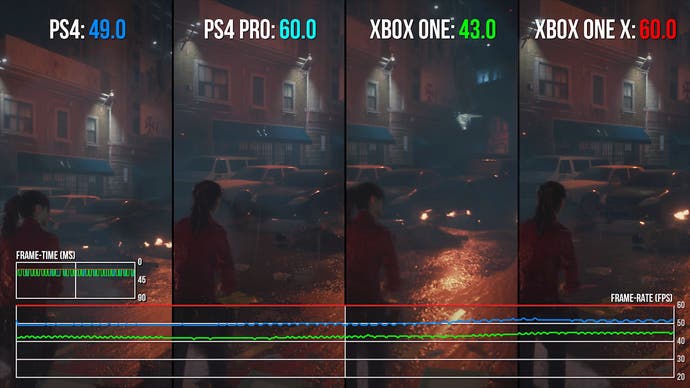
| Xbox One X | PlayStation 4 Pro | PlayStation 4 | Xbox One S | |
|---|---|---|---|---|
| Average FPS | 59.3 | 58.3 | 47.6 | 40.7 |
| Lowest FPS | 49.0 | 44.0 | 30.0 | 28.0 |
| Dropped Frames | 1.24% | 2.81% | 20.64% | 32.20% |
Overall, it's clear that Xbox One X takes point, with PS4 Pro next down on the performance ladder. Expect more frequent drops to 55fps and under on Sony's enhanced model, but it's still a convincing 60Hz experience a majority of the time. It's not far off the standard set by Microsoft's more powerful hardware, though it is the first of the two consoles to start hitching under stress. Our feeling is that the RE engine was built with performance in mind and 60fps gaming in particular, but the numbers demonstrate that only the enhanced consoles are capable of delivering this consistently
By extension then, the situation on base Xbox One and PS4 isn't as glamorous. The opening few hours show sub-50fps performance on each, for long stretches of gameplay. In fairness, the standard PS4 enjoys a 5-10fps advantage overall - a 17 per cent uplift in overall frame-rate in our benchmark selection. Assuming that Xbox One S is using reconstruction techniques to hit 1080p, it's clear that the behind the scenes wizardry isn't quite enough to bring Microsoft's base console up to par with its Sony equivalent, and it's visibly the most choppy experience of the lot.


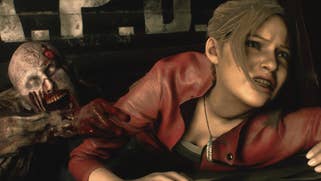

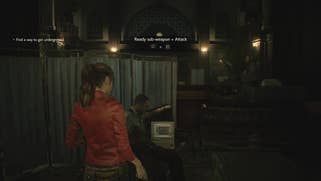
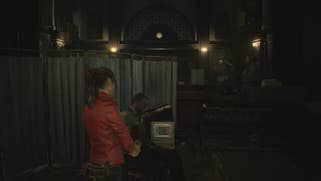
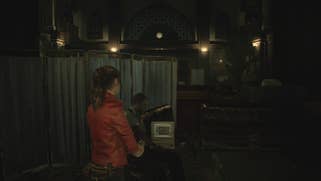
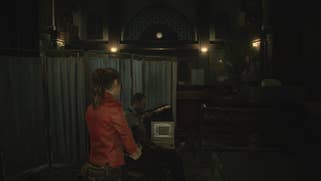


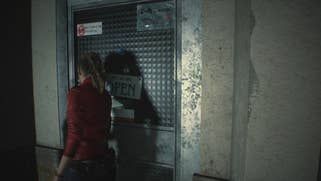
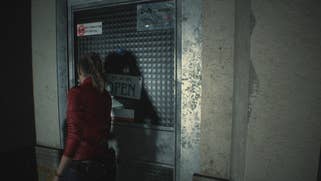




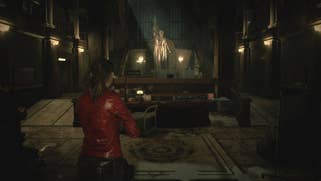
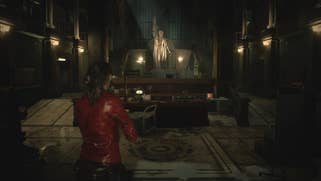
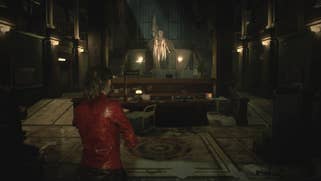
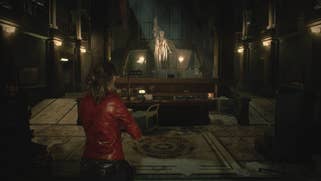

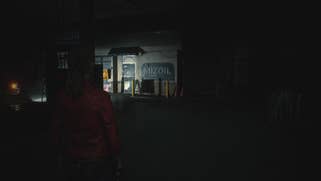
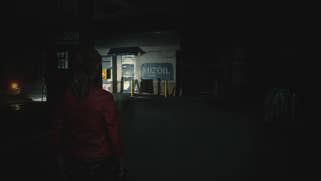

The option for a 30fps cap across all systems would have been welcome, for a couple of reasons. First of all, the base consoles run unlocked and rarely hit the game's 60fps design target. This means that inconsistency is a constant companion in the experience and with Xbox One S dipping into the 30s at the time, it's difficult to ignore, especially given that free, third person camera makes the resulting judder stand out all the more. The enhanced consoles run locked at 60fps for the most part, but even here, an optional 30fps cap with big resolution boost would have been nice - the PC version shows us just how beautiful this game can look at ultra HD.
But the bottom line is that a locked 60fps really is the best way to play this game and for that, an enhanced console (or appropriate PC) is a key requirement. At least visually speaking, the experience is intact on all four with only a handful of adaptations. Perhaps the only cause for concern is that the RE Engine is Capcom's go-to tech for the upcoming Devil May Cry 5 as well - a game that also targets 60fps, and with its demo showing similar signs of struggle to hit it on base consoles. Maybe there'll be patches to improve performance, but until then, Pro and X are undeniably the best ways to play - although PC should also be considered.
The PC version offers up quality improvements in terms of visuals, delivered with only the most paltry of CPU requirements. Mainstream GPU champs GTX 1060 and RX 580 both deliver frame-rates in excess of 60fps, although volumetric effects can challenge the Nvidia card. We'll have more to say on this final rendition of the Resident Evil 2 remake really soon.
